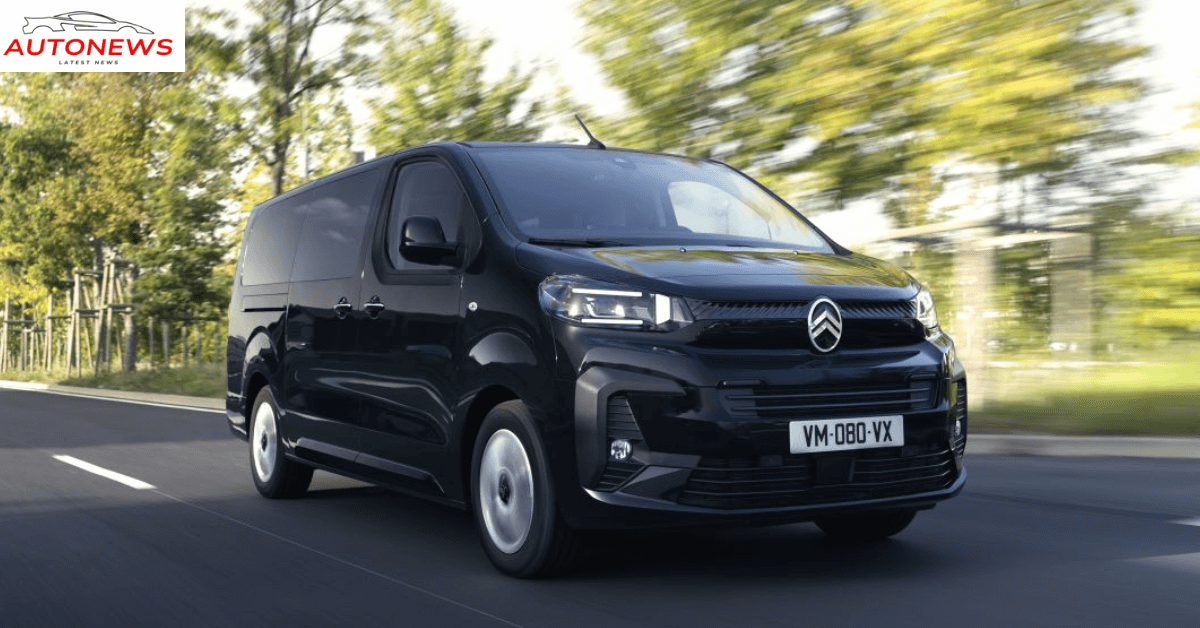In the fast-evolving world of electric mobility, the narrative has long revolved around sleek sedans, silent SUVs, and the race to outdo Tesla. But beneath the buzz lies a quieter revolution—one that could redefine logistics, urban transport, and last-mile delivery. Enter Citroën, the French automaker with a legacy of quirky innovation, now exploring an unconventional idea: turning electric vehicles (EVs) into commercial vehicles (CVs).
This strategic pivot—EVs as CVs—is more than a clever acronym match. It signals a fundamental shift in how electric platforms can be repurposed, not just to transport people, but to carry tools, cargo, and commerce.
The Commercial Vehicle Conundrum
Traditionally, commercial vehicles—vans, small trucks, delivery wagons—are workhorses of the urban economy. They’re built for utility, not luxury. But they’ve also lagged behind in electrification due to cost constraints, limited range, and charging infrastructure challenges. However, the demand for cleaner cities, noise reduction, and zero-emissions logistics has forced automakers to innovate quickly.
This is where Citroën’s EVs come into the picture.
Citroën’s Small EVs, Big Potential
Citroën’s most notable experiment in this space is the Ami, a tiny two-seater EV originally marketed as a city runabout. With a top speed of 45 km/h and a range of 75 km, the Ami doesn’t exactly scream commercial potential. But that’s precisely the point: in dense urban centers, most deliveries don’t require long ranges or high speeds. What they need is agility, efficiency, and low operating costs.
The French automaker has already released the Ami Cargo, a stripped-down version of the original EV designed to carry goods instead of passengers. It swaps the passenger seat for a modular cargo space, with up to 400 liters of storage and a payload capacity of around 140 kg. It’s essentially a mobile locker for urban delivery drivers.
This micro-CV approach isn’t just clever—it’s cost-effective, sustainable, and uniquely suited to today’s urban environments, especially with cities enforcing low-emission zones and traffic restrictions.
Why This Strategy Makes Sense Now
Several trends converge to make Citroën’s idea not just viable but visionary:
- E-commerce Boom: As online shopping continues to surge, so does the need for nimble last-mile delivery solutions. Lightweight EVs that can maneuver through traffic and park easily offer clear advantages.
- Urban Policy Pressures: European cities, from Paris to Amsterdam, are rolling out zero-emission zones. Traditional diesel-powered CVs are being phased out. EVs, including small ones, are becoming the only viable option for city logistics.
- Fleet Electrification: Businesses are under pressure to reduce carbon footprints. Compact electric CVs offer an affordable entry point into fleet electrification.
- Modular Platforms: Citroën’s strategy leverages flexible EV platforms that can be adapted for passenger or cargo use, maximizing R&D investments and broadening market reach.
Not Just a European Niche
Though Citroën’s micro-EV CVs are currently a European story, the idea has global potential. In crowded cities across Asia and Latin America, where delivery services are booming and streets are narrow, compact electric commercial vehicles could fill a critical niche.
Moreover, as battery tech improves, even small EVs are seeing extended range and better performance. This evolution will make them more attractive for a wider array of commercial applications—beyond urban delivery to include maintenance fleets, mobile workshops, and even rural applications.
Challenges Remain
Of course, challenges persist. Battery degradation, range anxiety, and limited charging infrastructure are still real concerns, especially for businesses that rely on uptime and efficiency. Additionally, small EVs may not suit all commercial needs—larger payloads and long-haul routes still demand more robust platforms.
But for specific use cases—urban, low-range, high-frequency deliveries—the formula is compelling.
Citroën’s Quiet Disruption
Citroën has always marched to the beat of its own drum. From the iconic 2CV to the hydropneumatic DS, the brand has a history of pushing boundaries. With its EV-as-CV strategy, it’s once again zigging where others zag. And while competitors focus on premium EVs and performance specs, Citroën is quietly carving out a practical, profitable niche that aligns with real-world demands.
In a future where logistics is increasingly electric and cities are reshaped by sustainability mandates, Citroën’s micro-EV commercial vision might just prove to be its smartest move yet.

